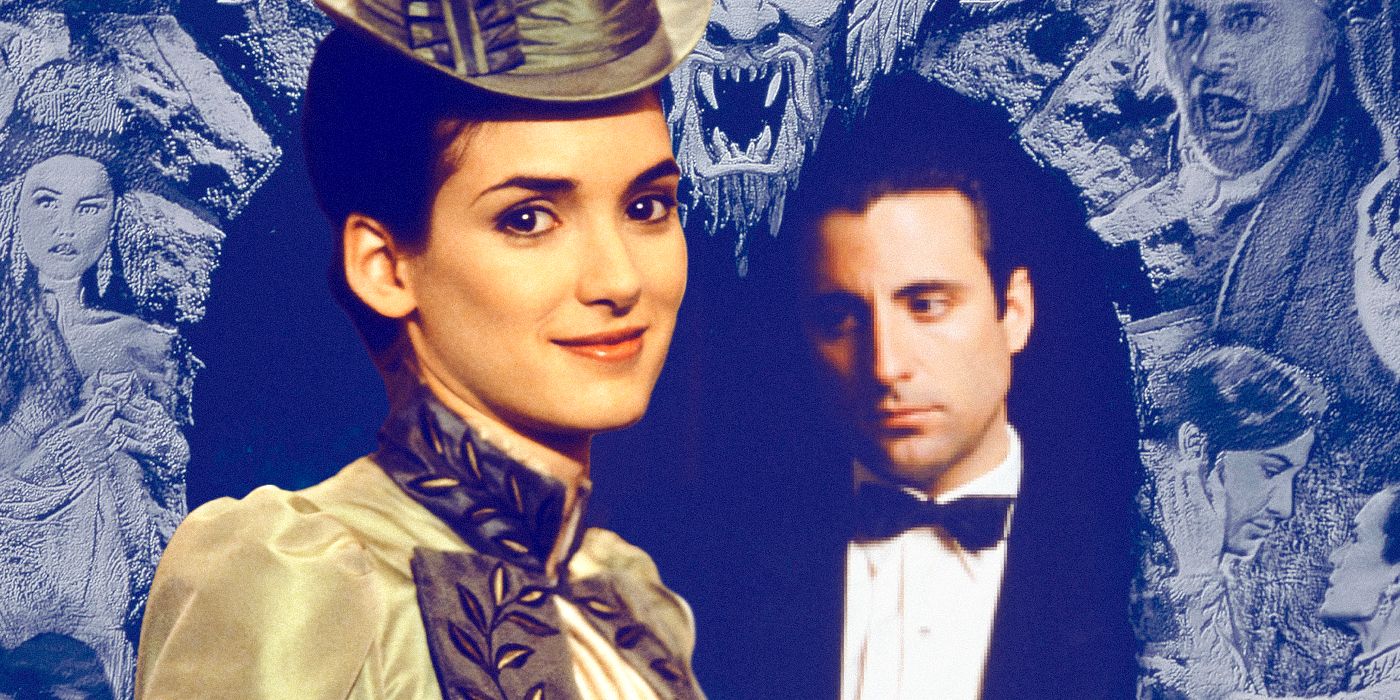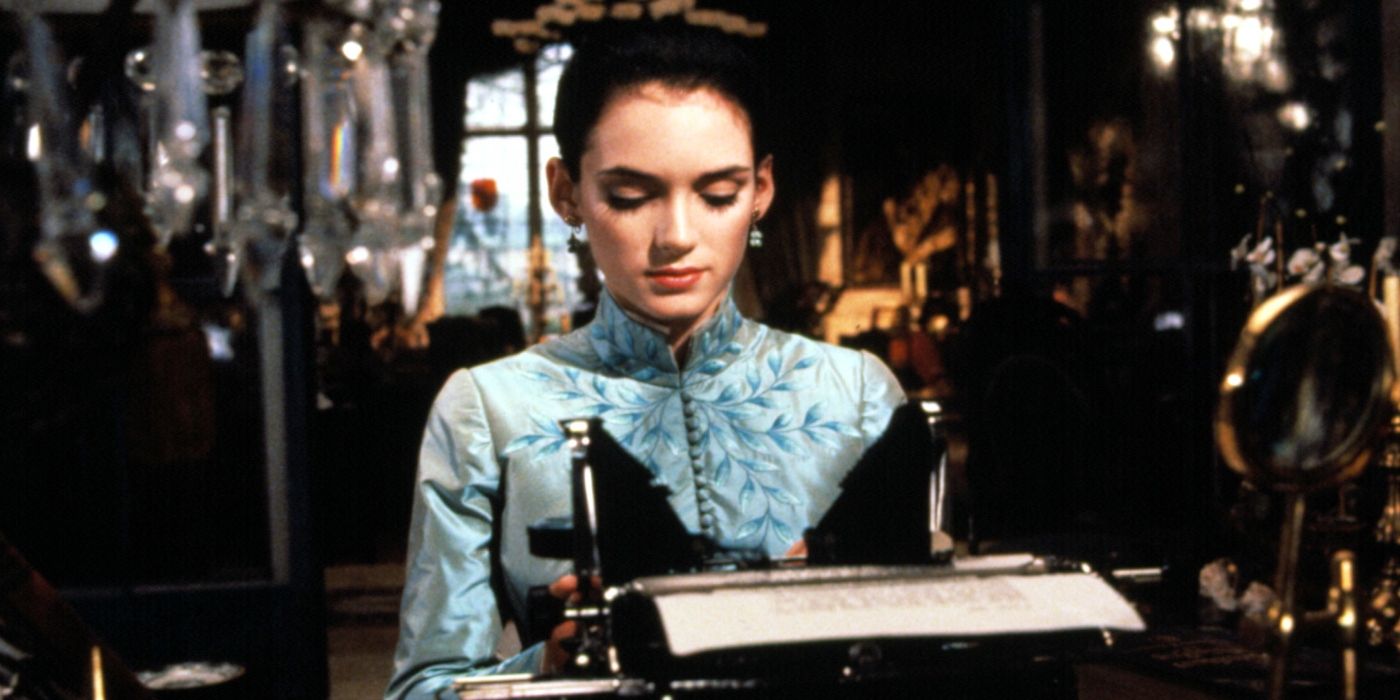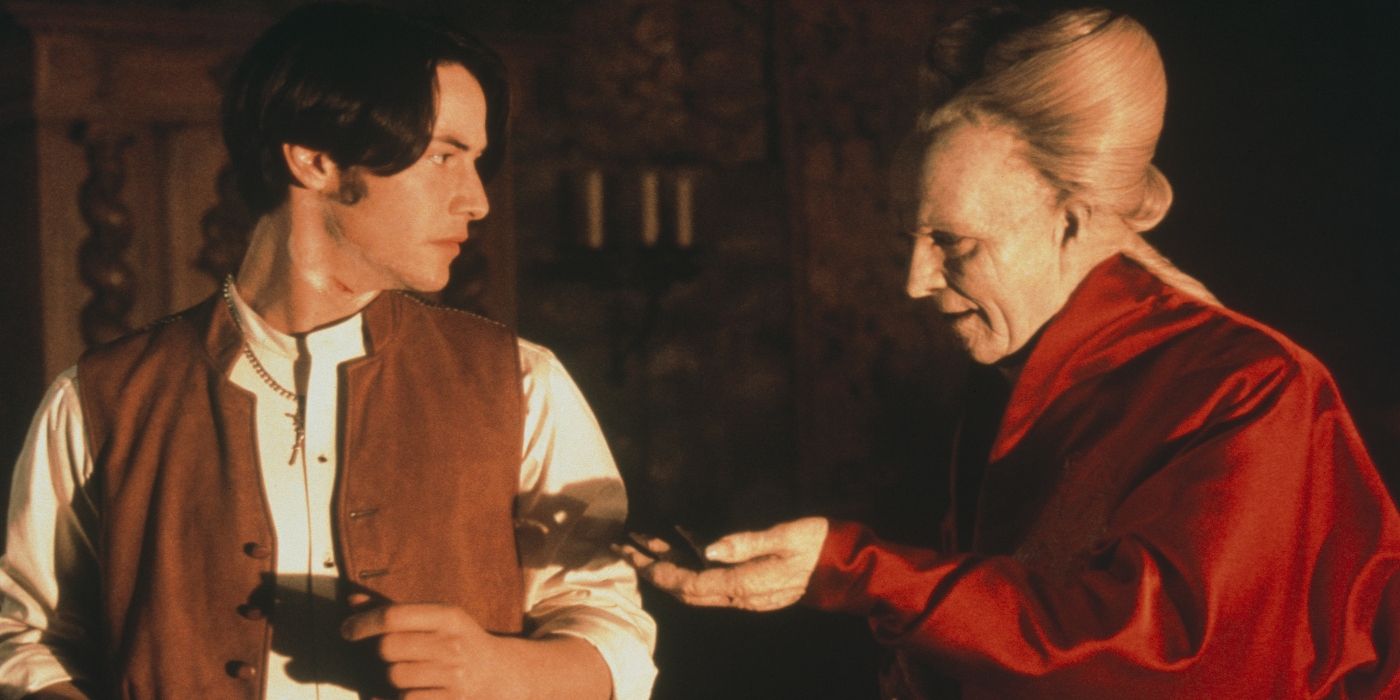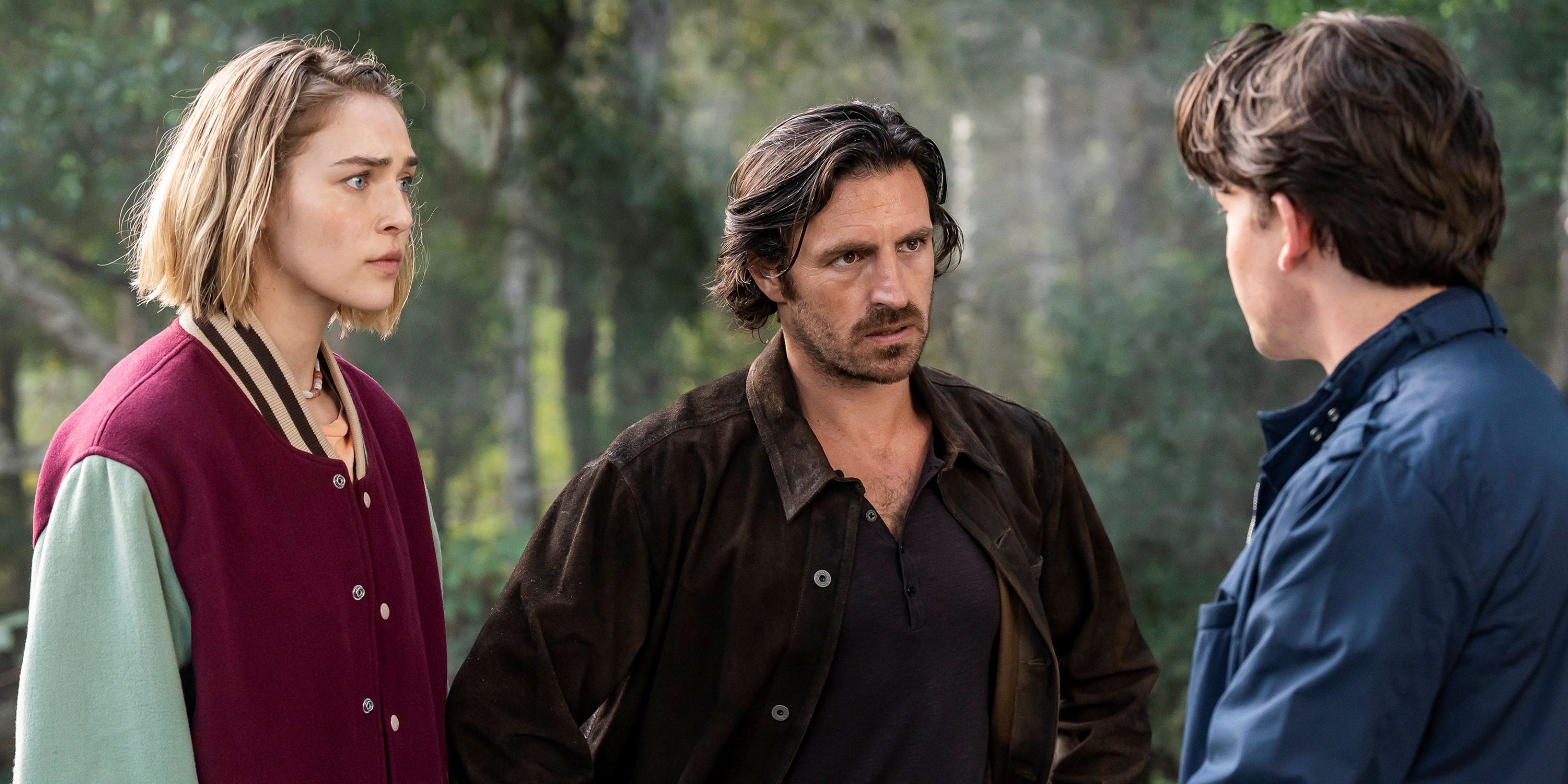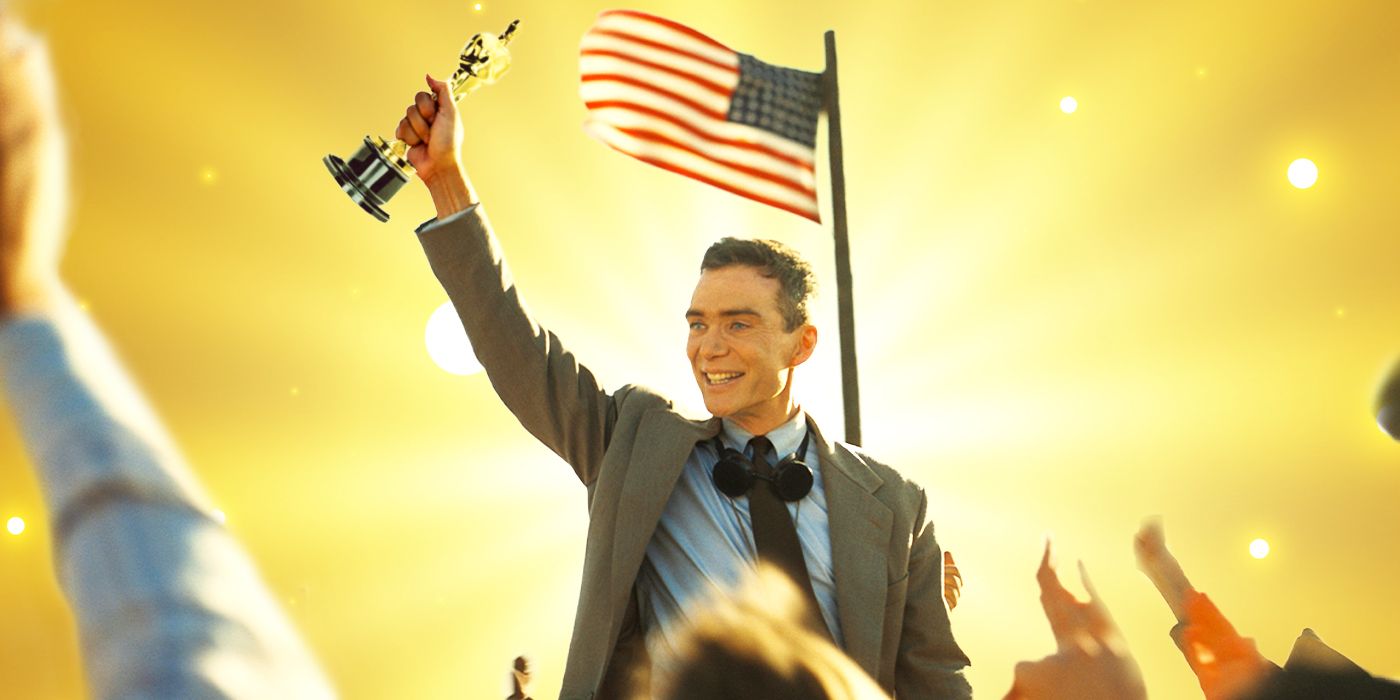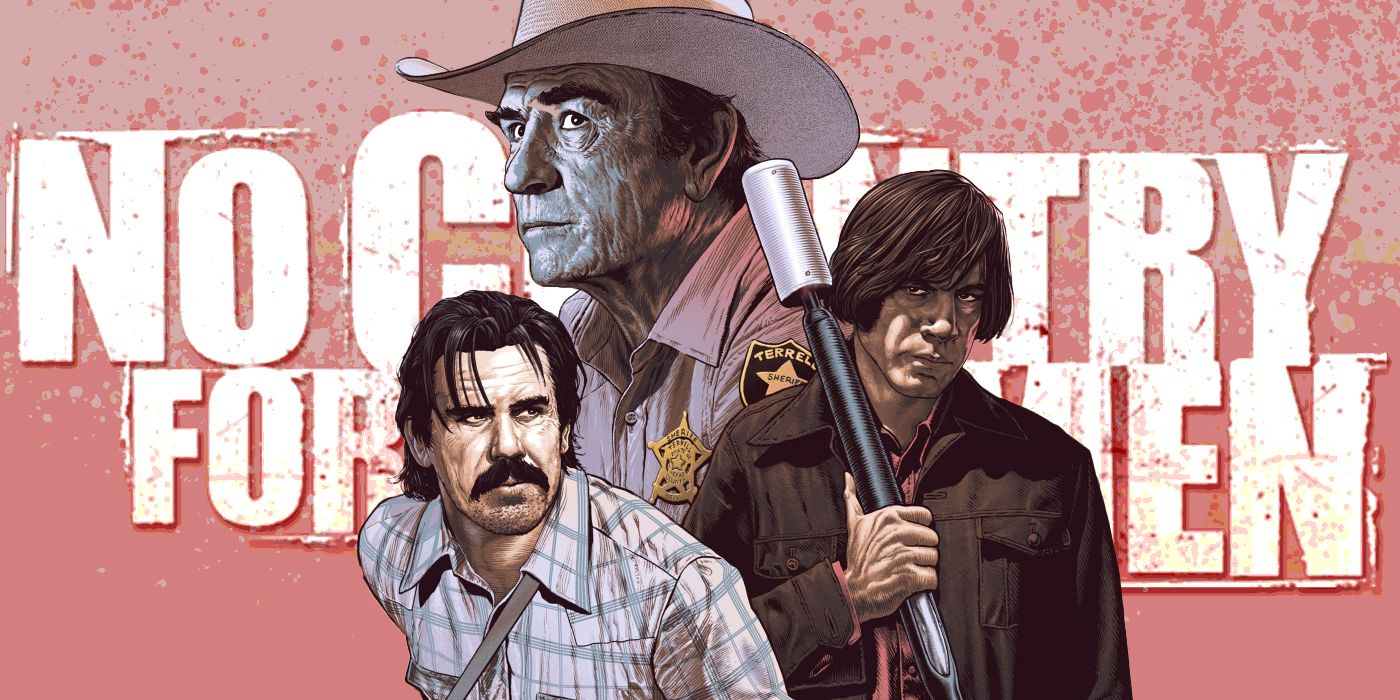The Big Picture
- The career trajectories of prominent figures in Hollywood are often influenced by luck and circumstance, as is the case with casting in The Godfather Part III.
- Winona Ryder emerged as a star in the late ’80s and early ’90s thanks to projects like Heathers and Beetlejuice.
- Winona Ryder dropping out of her role in The Godfather Part III had a domino effect, leading to Sofia Coppola’s performance and Francis Ford Coppola’s eventual creation of Bram Stoker’s Dracula.
Luck and circumstance are the name of the game a lot of the time in Hollywood. The serendipity of coming across the right script, star, and director has altered the lives and career trajectories of prominent figures in the industry. One fascinating case of this, involving Winona Ryder and Francis Ford Coppola, demonstrated the arbitrary nature of Hollywood. A controversial piece of casting in The Godfather Part III was a product of Ryder dropping out of a role, which directly tied into Coppola’s eventual creation of one of his most exceptional pictures, Bram Stoker’s Dracula.
‘Beetlejuice’ and ‘Heathers’ Helped Make Winona Ryder a Star in the Late ’80s and Early ’90s
Winona Ryder, a rising star in the late 1980s and early ’90s, developed a brand through her unique likeness and project taste. She carved out a niche in Hollywood as a growing voice of Generation X with her appearances as dispirited and misunderstood teens in Tim Burton‘s formative films, Beetlejuice and Edward Scissorhands. When the industry identifies an ingénue, roles are delivered in an abundance. Following breakout performances in Heathers and Mermaids, two films with disparate tones but nonetheless placate her distinct abilities, Ryder became a prolific star. She was a dazzling presence in idiosyncratic indies such as Night on Earth, and the cult-classic drama about Gen X angst, Reality Bites. On the flip side, she excelled in period dramas, drawing awards acclaim for her work in The Age of Innocence and Little Women.
Francis Ford Coppola Struggled After His Success With ‘The Godfather’ and ‘Apocalypse Now’
Following a legendary output of work in the 1970s, Francis Ford Coppola struggled to find his footing in the aftermath of financial woes and modified filmmaking industry from his golden age. Witnessing the director of The Godfather and Apocalypse Now take on mid-level directing gigs such as Peggy Sue Got Married and Tucker: The Man and His Dream was bizarre and a testament to the unpredictability of life as a film director. Coppola, who never wanted to direct The Godfather to begin with, went back to the well in 1990 with a third installment in the series about the Corleone family. This time, Michael Corleone (Al Pacino) is the aging boss, mirroring the state of his father in the first Godfather, Vito (Marlon Brando). Rather than passing down the illicit family enterprise to his progeny, he seeks to decriminalize the family name with contributions to Vatican City, while also cleansing himself with his past grave sins.
An integral role in this saga about family and redemption is Mary Corleone, the daughter of Michael and Kay (Diane Keaton). Throughout her life, she was sheltered from the family business. An embodiment of pristine innocence, Michael intends to keep the status quo, but things begin to go awry when Vincent Mancini (Andy Garcia), Michael’s nephew and the illegitimate child of his late brother, Sonny (James Caan), strikes up a romance with Mary. Her character is dynamic in that she possesses a streak of fiery flirtatiousness, but is ultimately susceptible to danger because of her sheltered lifestyle. She poses as a femme fatale, but her cloud of innocence dampens any notion of her as a sinister force. It is a complex part. Under the proper guidance, however, it is a rewarding endeavor, one that could launch a career or elevate one to super-stardom.
Sofia Coppola Played Mary Corleone in ‘The Godfather Part III’
For Winona Ryder, Mary was the ideal role. She was set to join the production of Godfather III immediately after wrapping up shooting Mermaids. As detailed in a feature story by Vanity Fair, she was scheduled to shoot her first scene within the next day. Arriving just after Christmas 1989, Ryder, according to producer Fred Roos, appeared to be ill and exhausted. A day following her first shoot, Ryder’s romantic partner at the time, Johnny Depp, called the production and alerted them to Ryder’s ailing condition, saying that she could not get out of bed. The doctor advised that she be sent home, as she was suffering from a nervous collapse. If she continued working, she would suffer a complete breakdown, according to her doctor. With production on the film now in a tailspin, Coppola’s decision to replace Ryder with his daughter, Sofia Coppola, was read as a panic move. The director previously had his eyes set on major stars such as Julia Roberts and Madonna to portray the Corleone daughter. Now, he was resigned to cast someone with no real acting experience to play a pivotal role.
The Godfather Part III is still defined as the unwarranted, black sheep installment (perhaps the Fredo Corleone) of the beloved series. Sofia Coppola received the brunt of the film’s criticisms. The future writer-director of The Virgin Suicides and Lost in Translation, who happened to be available due to her winter break from college, never intended to pursue acting, and only agreed to play Mary Corleone as a favor to her father. Despite the ridicule and vitriol thrown at her performance, Coppola told The New York Times, “It wasn’t my dream to be an actress, so I wasn’t crushed. I had other interests. It didn’t destroy me.” Francis Ford told the Times that the film’s passionate naysayers, “Came after this 18-year-old girl, who had only done it for me. The daughter took the bullet for Michael Corleone — my daughter took the bullet for me.”
Winona Ryder Gave Francis Ford Coppola the Script for ‘Bram Stoker’s Dracula’
As an act of consolation on her part, Ryder left an enticing parting gift for Coppola. In early 1991, in the aftermath of The Godfather Part III‘s release and the maligned criticism of Sofia Coppola’s performance as Mary Corleone, Francis Ford heard rumors through the grapevine that Ryder thought the director held animosity towards her. To clear the record, Coppola invited Ryder to his office to hypothetically mend fences. After the presumably amicable meeting, Ryder handed Coppola a script of a movie she was interested in doing: a bold new take on the classic novel, Dracula. Three days later, he called her and expressed mutual interest in participating in the project. “I never really thought he would read it. He was so consumed with Godfather III,” Ryder revealed. “As I was leaving, I said, ‘If you have a chance, read this script.’ He glanced down at it politely, but when he saw the word ‘Dracula,’ his eyes lit up.” The film was originally planned as a made-for-television movie, with Michael Apted scheduled to direct until Coppola and Ryder signed on.
Bram Stoker’s Dracula, released in 1992, received positive, but not uproarious, reviews. Many agreed that the film featured an incredible production design and immersive cinematography. Similar to Godfather III, Dracula also contained a performance that became a punching bag for many critics. Keanu Reeves, playing Jonathan Harker, the wife of Ryder’s Mina Harker, the former lover of Count Dracula (Gary Oldman), was deemed wholly inconceivable as an English solicitor of the late 1800s. Critics could not shake the characterization of Reeves as the California surfer dude from Point Break. A shoddy English accent gives Reeves’ performance the veneer of playing dress-up, rather than feeling period-appropriate. The more lukewarm reception to Dracula has only heated up in the years since its release, and is often regarded as one of Coppola’s finest achievements.
Francis Ford Coppola’s Directing Methods Made Winona Ryder Feel Unsafe
Filming Dracula was a tumultuous experience for Ryder, as it seems that Francis Ford Coppola and troublesome productions are an inseparable pair. She felt frightened by Gary Oldman, who stayed in character throughout filming as the iconic vampire. Coppola surmises that the two did not get along. Ryder recounted an incident where Coppola urged her co-stars to verbally abuse her during a scene where Mina Harker was crying. According to Ryder, Coppola was shouting, “You whore! You whore!” in an attempt to elicit a tearful reaction. Keanu Reeves and Anthony Hopkins, who played Abraham Van Helsing, refused to assist Coppola. While Ryder claims that she and Coppola are “good now,” correcting the record along with Coppola.
By the time Bram Stoker’s Dracula was released, Winona Ryder’s launch as a major movie star was complete. For the next decade, all the way through her recent revival on Stranger Things, Ryder remains an instantly recognizable and beloved screen presence. Meanwhile, Sofia Coppola, Ryder’s replacement for The Godfather Part III, overcame the critical panning of her performance by announcing herself as a prominent auteur. These two career trajectories were loosely related, but in Hollywood, happenstance is the name of the game.
Bram Stoker’s Dracula is available to stream on Pluto TV in the U.S.
Watch Now

